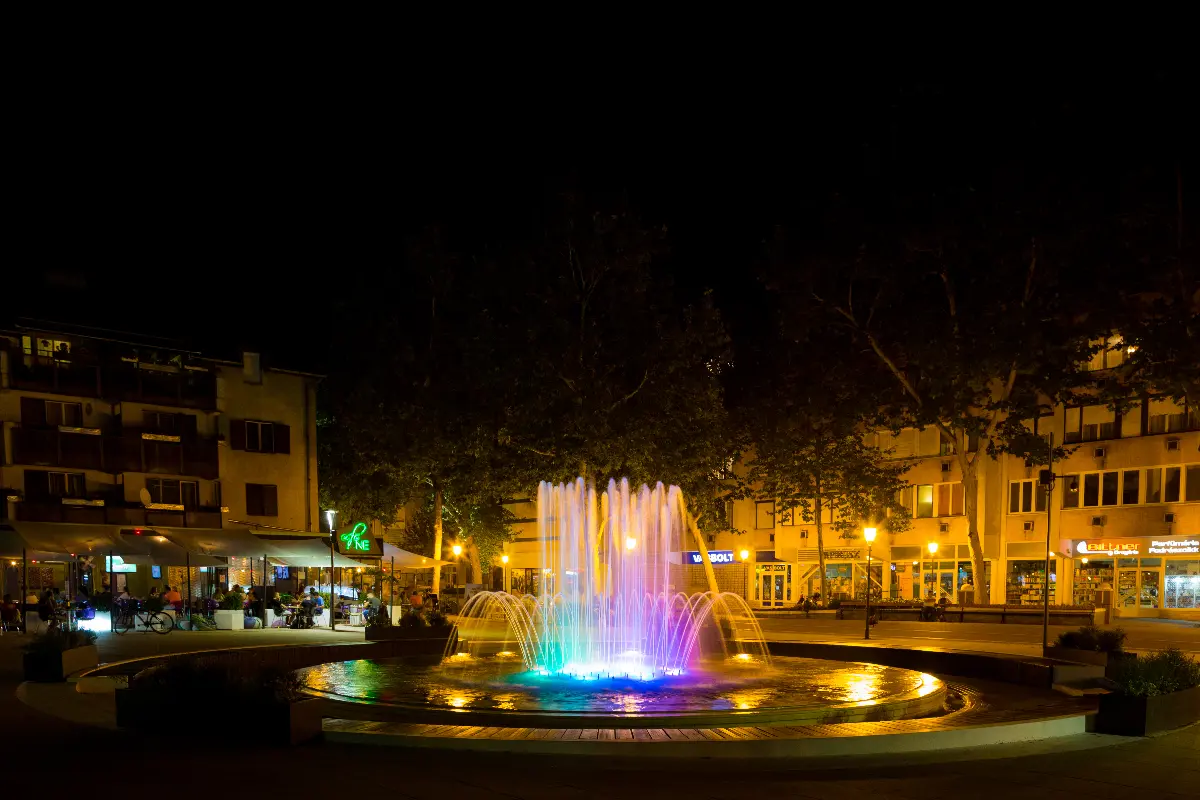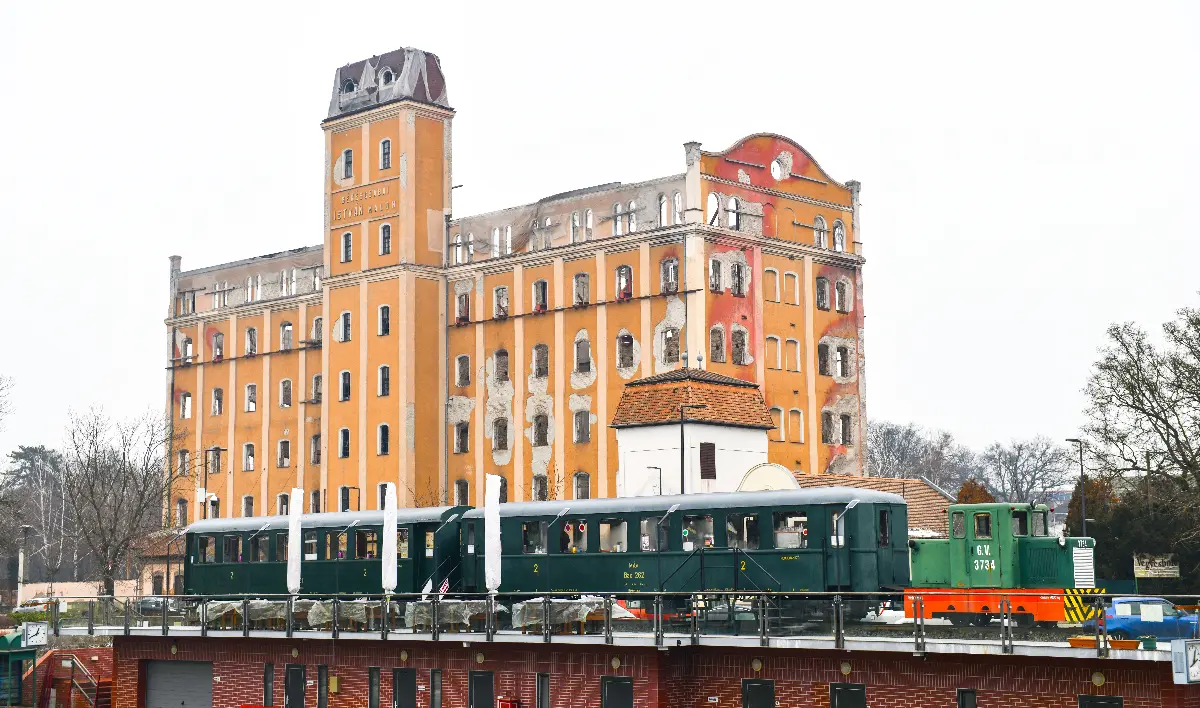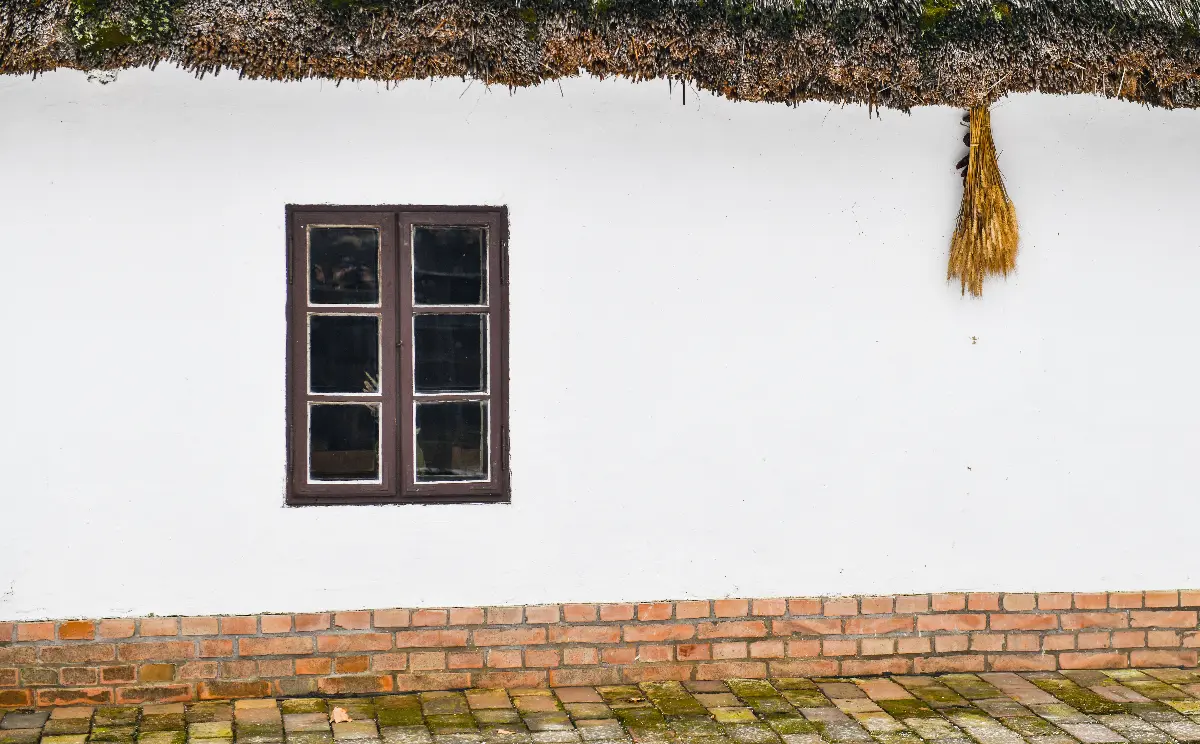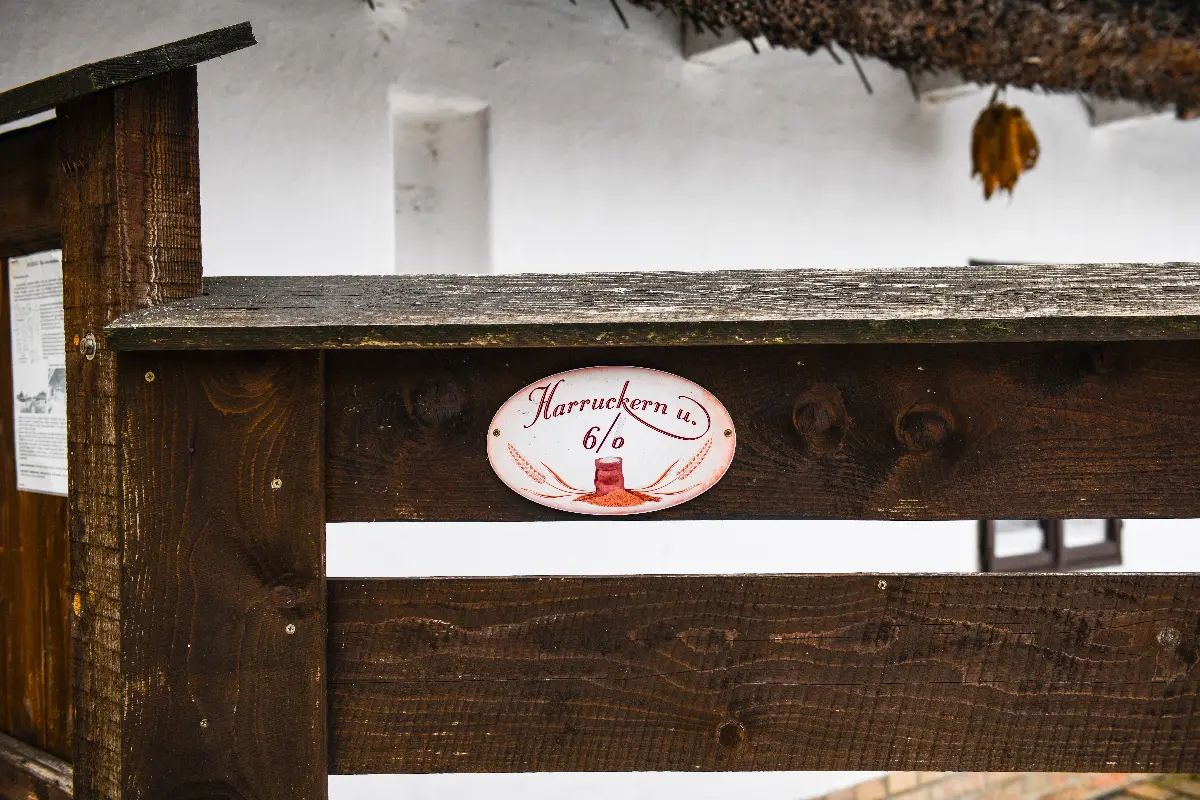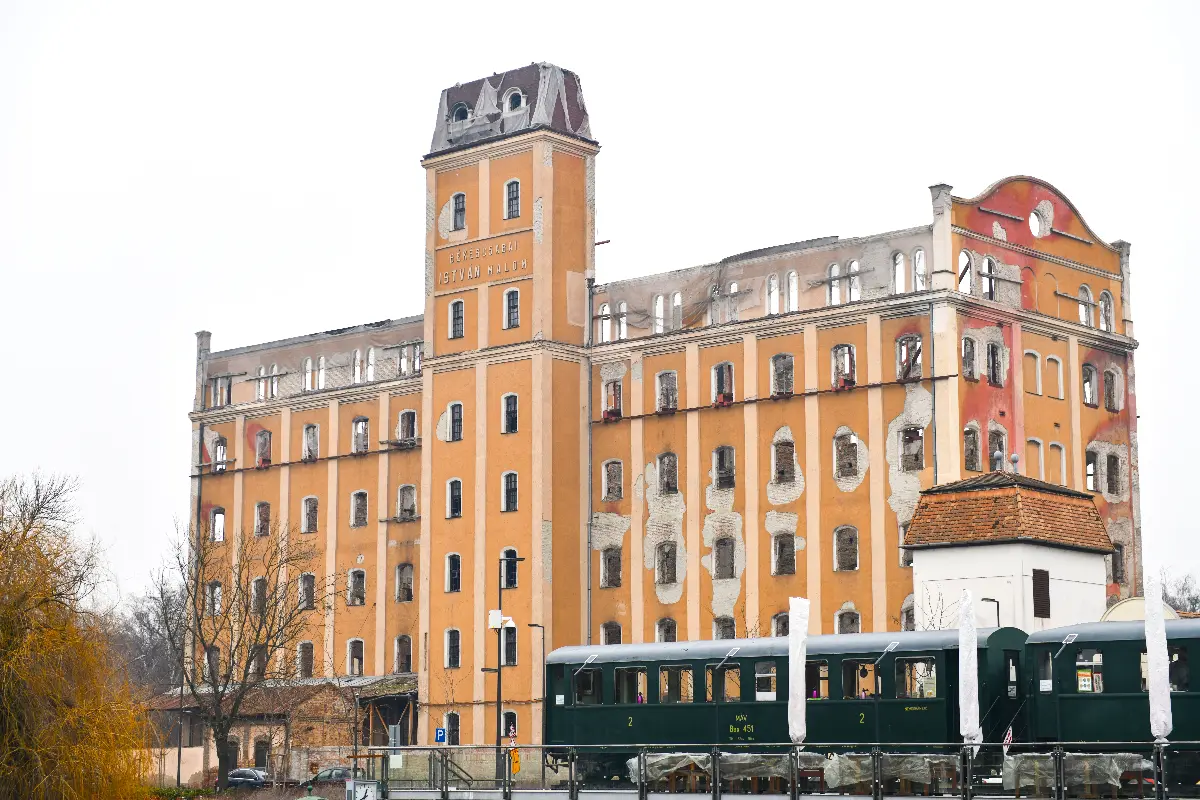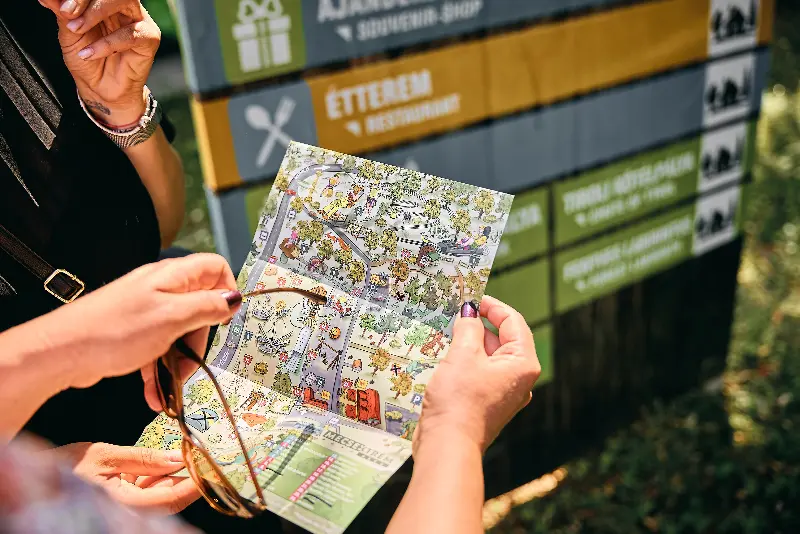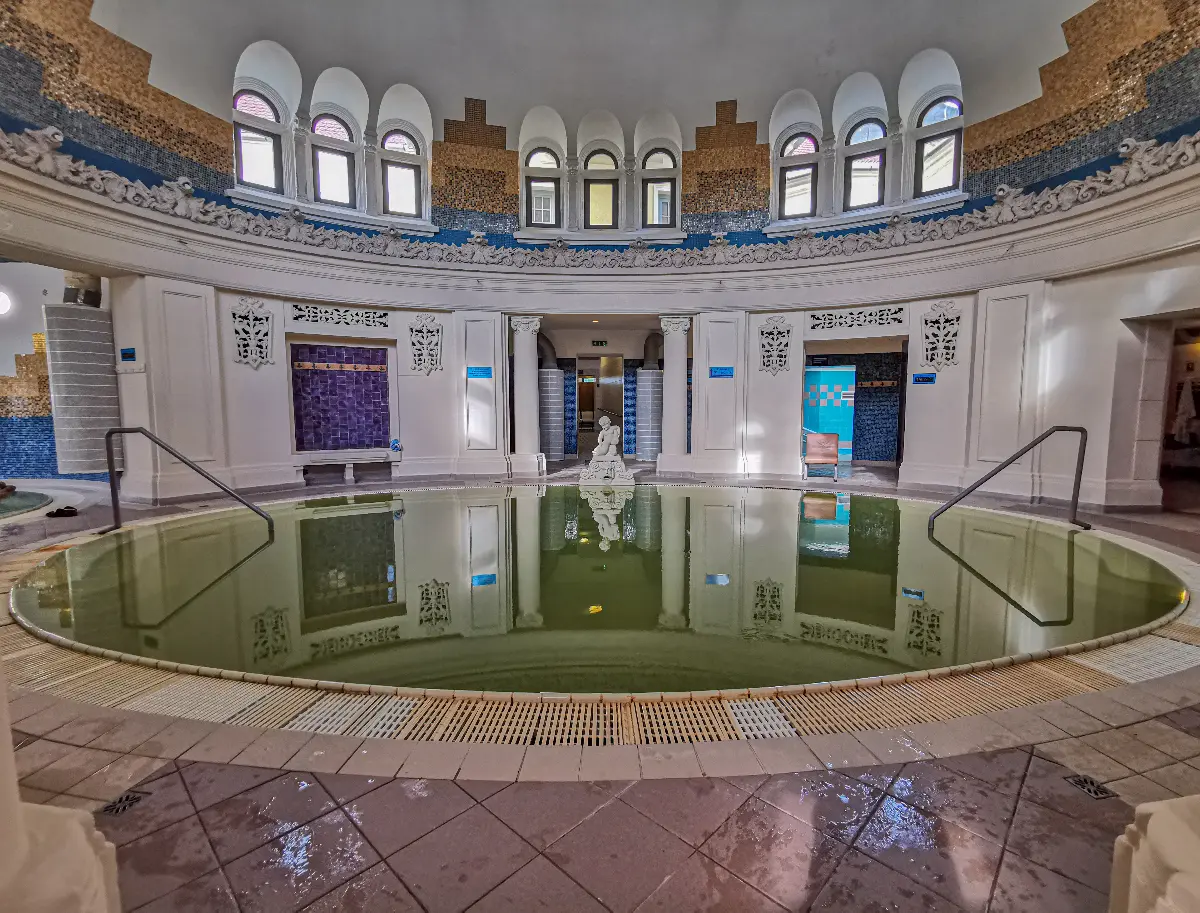
Helyszín címkék:
Discover Békéscsaba from I to O - tips for a great weekend
Káldi Emese
I for “István-malom” (Stephen’s Mill):Though it does not work anymore, the first steam mill in the town, the István-malom (Stephen’s Mill) is still very impressive. It started its operation in 1853 and initially employed nine people. Over the decades, it had several owners and eras, but for a long time the mill supplied not only the Hungarian but also export markets, until 2005, when it accounted for 13% of Hungarian milling production. It has been standing empty since then, and a fire broke out a few years ago, but there are plans for its reuse.
J for Jamina pit lakes: What is a “jamina”? The Slovak name for pits used for creating bricks. The part of Békéscsaba officially known as Erzsébetföld, but still called Jamina by many locals, has been producing bricks and tiles since the end of the 19th century, as the clay found here proved to be an excellent raw material. The hard work once experienced here is now evoked by 21 natural lakes, which will welcome future visitors, walkers and cyclists for recreational purposes once finished.
K for “kolbász” (sausage): So many houses, so many types of sausage – at least in Békéscsaba. Csaba sausage is homemade, and everyone flavours it according to their family tradition. The recipe is, of course, a family secret, and those who make this delicacy for sale are the ones who make it taste perfect. Even today, there are still many sausage makers in the city, well worth a visit.
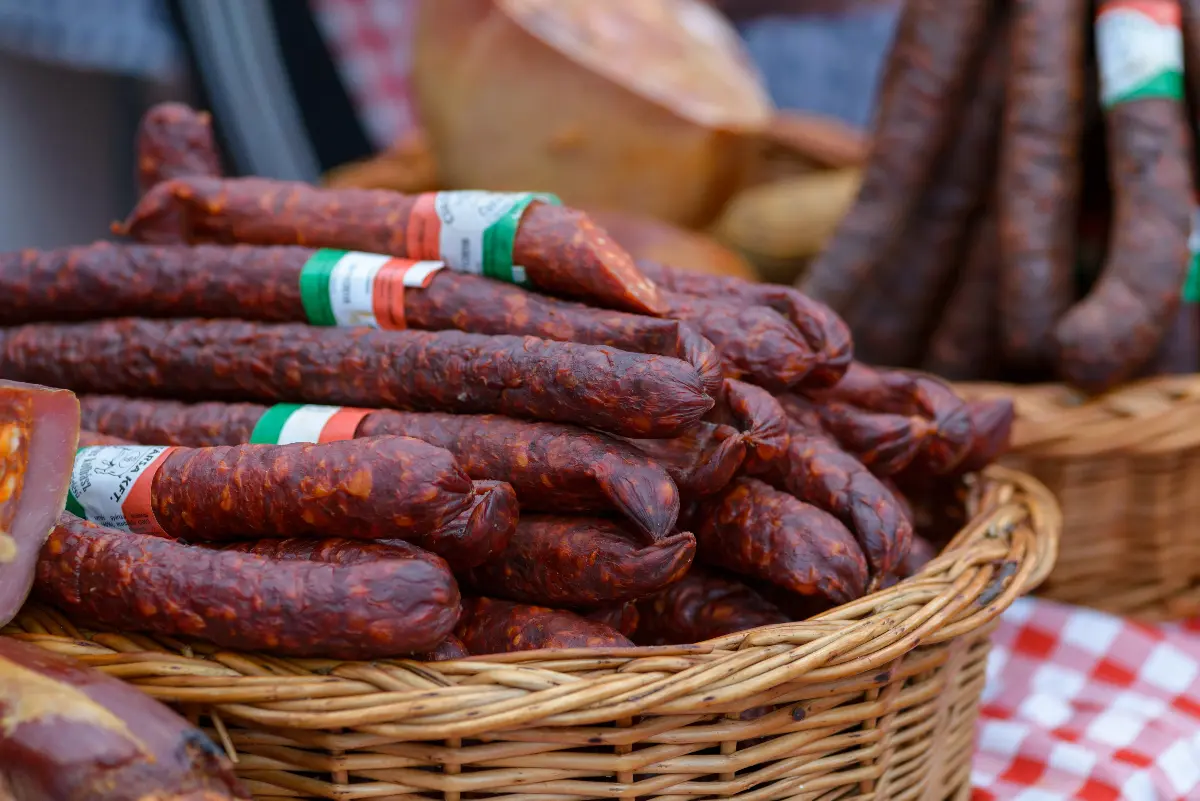
L for “Liget” (Grove): There is also a grove in Békéscsaba, with a really exciting story. Today, the area known as Széchenyi Grove is an island of relaxation and tranquillity in the city, but it was not always the case. In the middle of the 19th century, a beer house was built on the site of the former cemetery, where theatrical performances were sometimes held, and at other times there was joyful music. Meanwhile, the area had been converted into a park and soon another restaurant and later a pavilion were opened. Today, the “Körösök Völgye Látogatóközpont” (Valley of the Körös Rivers Visitor Centre) is located here, where various children's activities and cultural programmes take place, but you can also rent bicycles here.
M for Miller’s house: At Harruckern utca 6/a is the oldest residential building in Békéscsaba. More than 200 years old, the thatched-roof house was built as a miller's hut for the dry mill and has remained almost unchanged since then. The house, which has recently been beautifully refurbished, is now used as a community centre for concerts, traditional events and craft activities.
N as Néveri: Lake Néveriis one of the most popular fishing lakes among the lakes in the town, located between Békéscsaba and Gyula, next to the main road 44, is home to carp, grass carp, pike, perch, barbel and African catfish, among others, and offers a buffet and accommodation for anglers. Another popular fishing lake in the city is the Fás-tó (Lake Tree) in the Jamina district, which is particularly popular with carp and amur lovers. The lake is operated by the “Körösvidéki Horgász Egyesületek Szövetsége” (Union of Fishing Associations of the Körösvidék) – their website also lists other opportunities in the area.
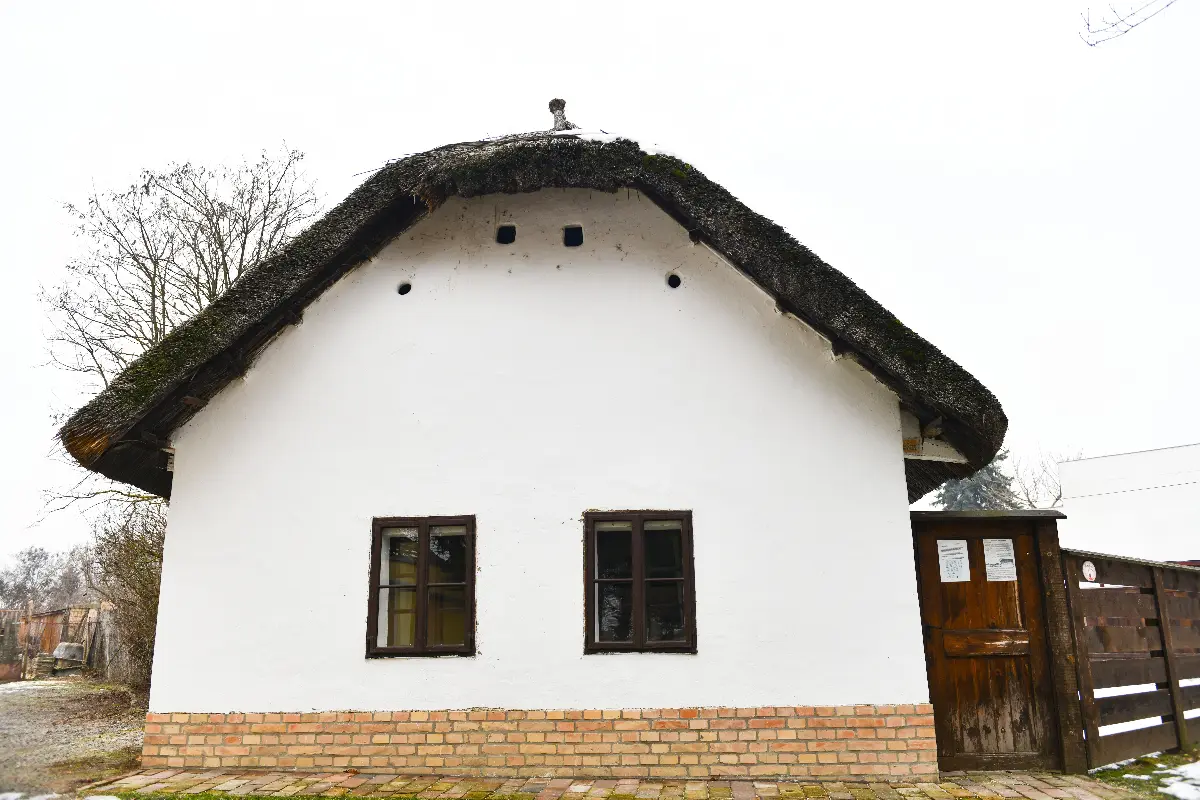
Ny for “nyár” (summer) (and autumn): Békéscsaba hosts several events during the summer months. The cultural programmes in the summer in Békéscsaba last for weeks, organised by the city's cultural institutions. Theatre performances, classical and popular music concerts and sports programmes are organised on the main square and in the town hall courtyard. The most famous event in Békéscsaba is the four-day Kolbászfesztivál (Sausage Festival), which takes place in October instead of summer, but it is definitely worth a visit.
O for organ: opposite the famous Lutheran Great Church (see the description under the letter T) is the Small Church, which is of course only small compared to the Great Church. This is the oldest church in the city, built in 1745 by the famous Lutheran bishop Samuel Tessedik for the congregation. Its tower was the first evangelical stone tower in the country, in which a fire-watching flat was designed. But the Small Church is also special because its organ cover is not on the side facing the tower, but unusually, above the side entrance.

